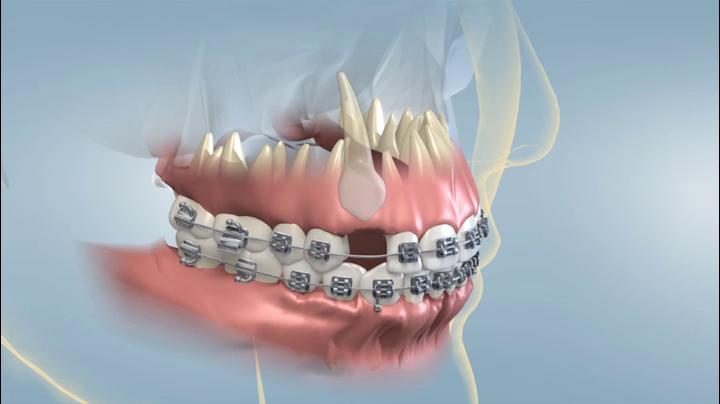Wisdom Teeth
The average adult has thirty-two teeth by age eighteen: sixteen teeth on the top and sixteen teeth on the bottom. However, the average mouth is made to hold only 28 teeth. It can be painful when 32 teeth try to fit in this space. These four other teeth are your third molars, also known as “wisdom teeth”.
Dental Implants
Dental implants are designed to provide a foundation for replacement teeth which look, feel, and function like natural teeth. People who have lost teeth regain the ability to eat virtually anything and can smile with confidence, knowing that their teeth appear natural and that their facial contours will be preserved.
Corrective Jaw Surgery
Corrective Jaw surgery is needed when jaws don’t meet correctly and/or teeth don’t seem to fit with jaws. Teeth are straightened with orthodontics and corrective jaw surgery repositions a misaligned jaw. This not only improves facial appearance, but also ensures that teeth meet correctly and function properly.
Oral Pathology
The Oral Cancer Foundation estimates that close to 42,000 Americans will be diagnosed with oral or pharyngeal cancer this year. Oral cancer’s mortality is particularly high, not because it is hard to detect or diagnose, but because the cancer is often discovered late in its development.
Bone Grafting
Missing teeth over a period of time can cause your jaw bone to atrophy, or resorb. This often results in poor quality and quantity of bone suitable for the placement of dental implants as well as long term shifting of remaining teeth and changes to facial structure. Today we have the ability to grow bone where it is needed. This not only gives us the opportunity to place implants of proper length and width, but it also gives us a chance to restore functionality and aesthetic appearance.
Exposure of Impacted Cuspids
During development, in some patients, canines may fail to erupt into the dental arch because of abnormal growth and crowding. The tooth is considered impacted when it is covered by surrounding soft tissue and bone. Orthodontists attempt to guide the canines to complete eruption because they play such an important role in a patient’s bite.
Tooth Extraction
A tooth might need to be extracted for any number of reasons. Some teeth are extracted because they are severely decayed; others may have advanced periodontal disease, or have broken in a way that cannot be repaired. Other teeth may need removal because they are poorly positioned in the mouth (such as impacted teeth), or in preparation for orthodontic treatment.
Anesthesia (Sedation)
Our doctors are highly experienced in advanced pain management and can use anesthesia tailored in a way that minimizes the harm to the body, enables safety post-surgery and experience less nausea, vomiting and pain. Foothills Oral Surgery is credentialed in all sedation options, so each patient has enough anesthesia to be comfortable through the procedure while minimizing the side effects of this treatment.










